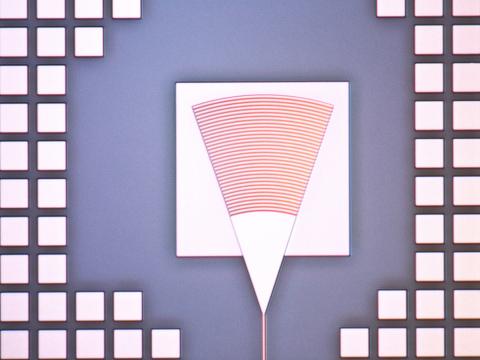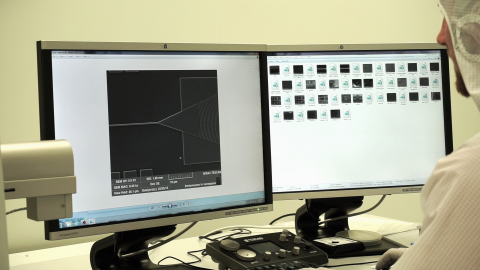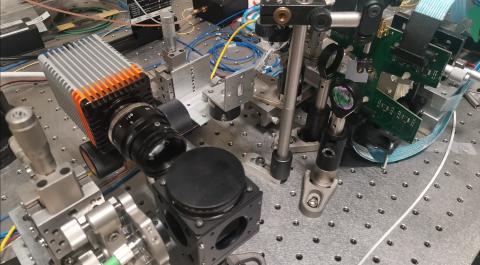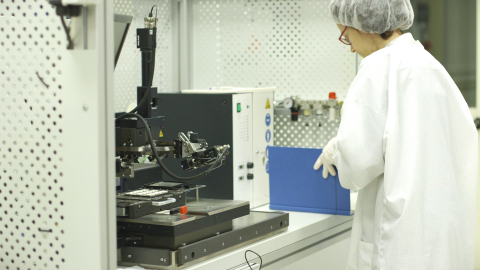The chip that makes calculations with light. ‘Nature Photonics’ features a study by the Politecnico di Milano in collaboration with Sant'Anna School. Optical wireless may no longer have any obstacles, the advantages of the new technology
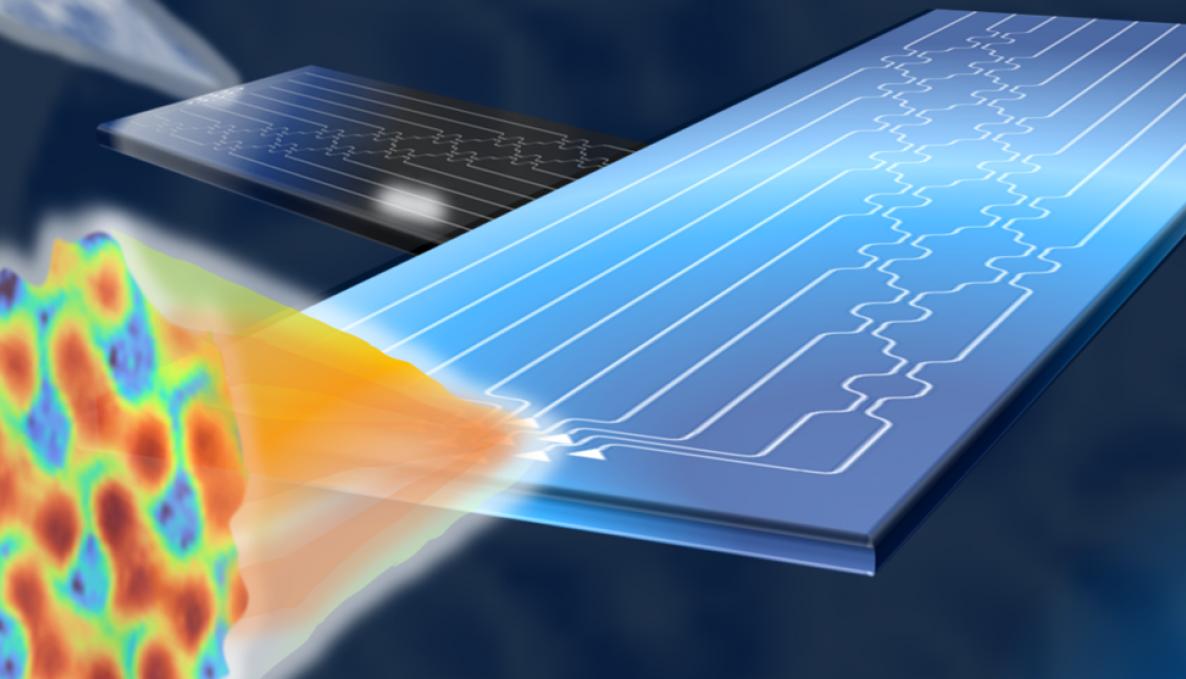
Optical wireless may no longer have any obstacles. A study by Politecnico di Milano, conducted together with Sant'Anna School in Pisa, the University of Glasgow and Stanford University, and published in the prestigious journal Nature Photonics, has made it possible to create photonic chips that mathematically calculate the optimal shape of light to best pass through any environment, even one that is unknown or changing over time.
The problem is well known: light is sensitive to any form of obstacle, even very small ones. Think, for example, of how we see objects when looking through a frosted window or simply when our glasses get foggy. The effect is quite similar on a beam of light carrying data streams in optical wireless systems: the information, while still present, is completely distorted and extremely difficult to retrieve.
The devices developed in this research are small silicon chips that serve as smart transceivers: working in pairs, they can automatically and indipendently 'calculate' what shape a beam of light needs to be in order to pass through a generic environment with maximum efficiency. And that’s not all: they can also generate multiple overlapping beams, each with its own shape, and direct them without them interfering with each other; in this way, the transmission capacity is greatly increased, just as required by next-generation wireless systems.
"Our chips are mathematical processors that make calculations with light very quickly and efficiently, almost with no energy consumption. The optical beams are generated through simple algebraic operations, essentially sums and multiplications, performed directly on the light signals and transmitted by micro-antennas directly integrated on the chips. This technology offers many advantages: extremely easy processing, high energy efficiency and an enormous bandwidth exceeding 5000 GHz”, Francesco Morichetti Head of the Photonic Devices Lab of Politecnico di Milano, explains.
"Today, all information is digital, but in fact, images, sounds and all data are inherently analogue. Digitisation does allow for very complex processing, but as the volume of data increases, these operations become increasingly less sustainable in terms of energy and computation. Today, there is great interest in returning to analogue technologies, through dedicated circuits (analogue co-processors) that will serve as enablers for the 5G and 6G wireless interconnection systems of the future. Our chips work just like that”, Andrea Melloni, Director of Polifab, Politecnico di Milano’s micro and nanotechnology centre, says.
"Analogue computing using optical processors is crucial in numerous application scenarios that include mathematical accelerators for neuromorphic systems, high-performance computing (HPC) and artificial intelligence, quantum computers and cryptography, advanced localisation, positioning and sensor systems, and in general, in all systems where the processing of large amounts of data at very high speed is required”, adds Marc Sorel, Professor of Electronics at the TeCIP Institute (Telecommunications, Computer Engineering, and Photonics Institute) of Sant'Anna School.
The work is co-funded under the NRRP by the RESTART research and development programme 'RESearch and innovation on future Telecommunications systems and networks, to make Italy more smart'. Within the RESTART programme Prof. Andrea Melloni, Politecnico di Milano, and Prof. Piero Castaldi, Istituto TeCIP, Scuola Superiore Sant’Anna Pisa lead the ‘HePIC’ focused project and 'Rigoletto' structural project, which aim to develop next-generation photonic integrated circuits and optical transport networks that will support the future 6G infrastructure.

